Power transmission chronicles an exciting era filled with novelties, contention, and efficiency. The early days of Alternating Current (AC) saw inefficiencies in transmission, but this has metamorphosed into the present day advance technology of High Voltage Direct Current (HVDC) to serve a world ready to avail itself of energy in any form within efficiency parameters.
The Beginning: The AC vs DC War
The Direct Current (DC), while Tesla &d George Westinghouse supported Alternating Current (AC). AC, therefore, won the battle primarily because of its ability to easily adapt voltage levels with transformers, allowing for long-distance transmission with less loss. For over a century, it has thus remained the global standard for power transmission.
The Reign of AC Power
AC transmission systems have modernised the way energy is distributed. Major advantages of AC include:
· Efficient voltage transformation using transformers-Longer distance transmission losses (compared to early DC systems)
· Easy generation and easy integration with rotating electrical machines-alternators.
Growing infrastructure further annexes AC into power grids across the world. However, with growth in demand and distance, there have come limitations in AC systems.
Challenges with AC Transmission
As advanced as they have become, AC transmissions pale in the scrutiny of the following drawbacks:
• Reactive power losses over long distances
• Vast synchronization issues across power grids
• Excessive losses across submarine and underground cables
• Stability and control of complex power
systems
These gripes paved the way for a resurgent interest in modern-day DC transmission-but this time, it be High Voltage Direct Current (HVDC).
The Rise of HVDC Technology
A once technologically prohibited means of transmission, HVDC has come to the forefront as an excellent alternative for certain cases owing to the advancements made in power electronics such as thyristors and IGBTs (Insulated Gate Bipolar Transistors).
Some of the key advantages of HVDC are:
• Lower line losses on very long distances.
• Interconnection of different grids in an asynchronous way.
• Stability in a large integration of renewables.
• It is economical for submarine and underground cables.
The slick things that HVDC does:
• When transmitting over intercontinental distances (think Europe to Africa);
• Remote renewable energy projects, such as offshore windfarms
• Bulk transmission over a long distance
• Interconnection of
grids between countries or regions with different AC frequency standards.
Real-World HVDC Projects
Some substantial HVDC projects in the world nowadays are:• Champa–Kurukshetra HVDC system in India
• 1100 kV Changji–Guquan UHVDC line in China
• North Sea Link connecting Norway and UK
• Pacific DC Intertie in the US
These examples, however, reflect increasing global acceptance of HVDC into modern grid architecture.
Future Outlook: Hybrid Systems and Smart Grids
The future of power transmission indeed lies in hybrid grids that will integrate the best of AC and HVDC systems. It has been predicted that as renewable energy sources become more powerful along with energy storage and smart grid technologies, HVDC will increasingly be important in enabling flexible, resilient, and efficient electricity networks.
Conclusion
Power transmission has taken a long journey starting from the historic battles of AC vs DC to today's advanced HVDC networks. It continues to move towards cleaner, more reliable energy solutions. HVDC stands right at the forefront of the next energy revolution.
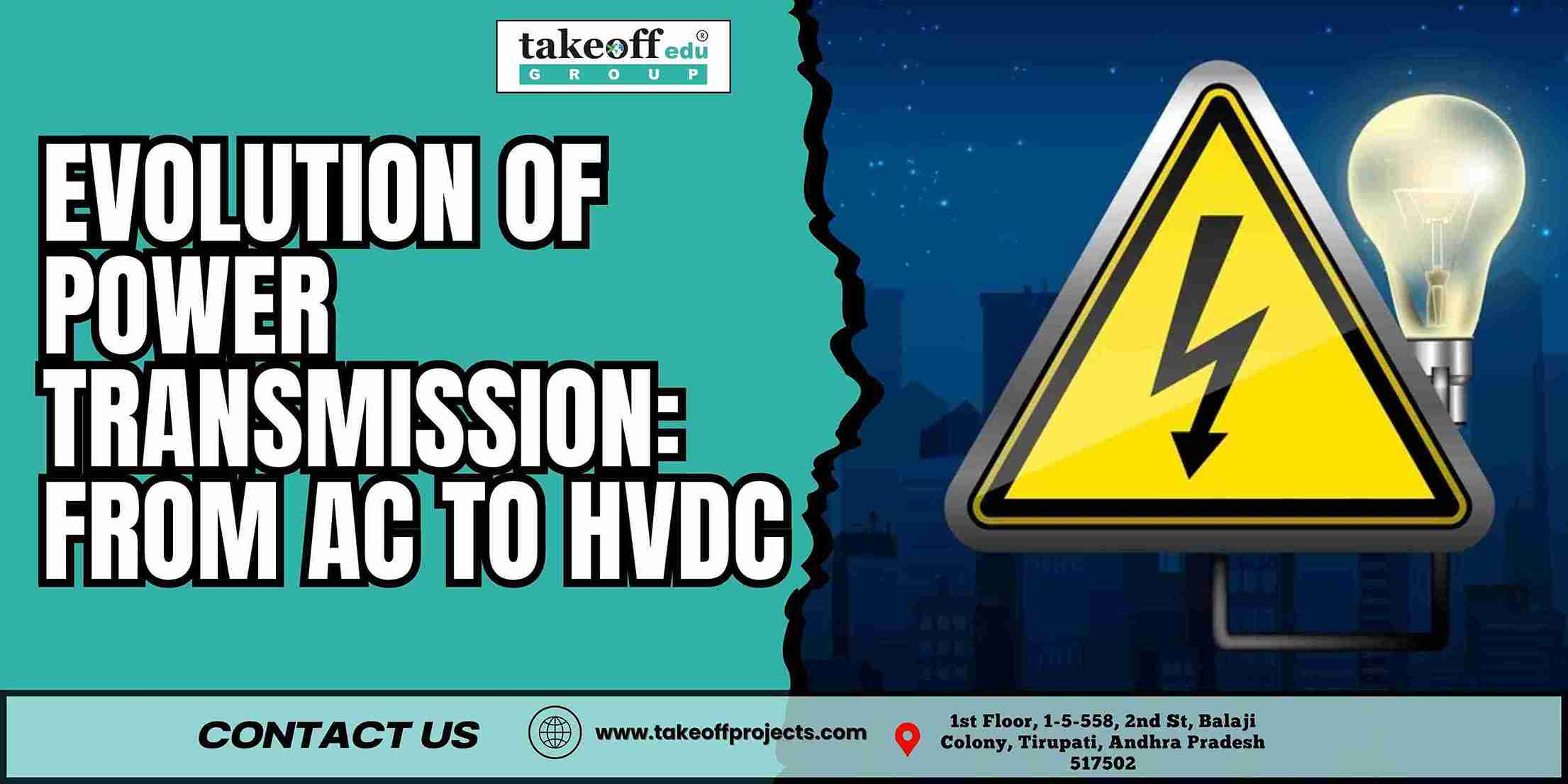
 Power Electronics for Smart Grids: Enhancing Efficiency
Power Electronics for Smart Grids: Enhancing Efficiency  Introduction to Control Systems: Principles and Applications
Introduction to Control Systems: Principles and Applications 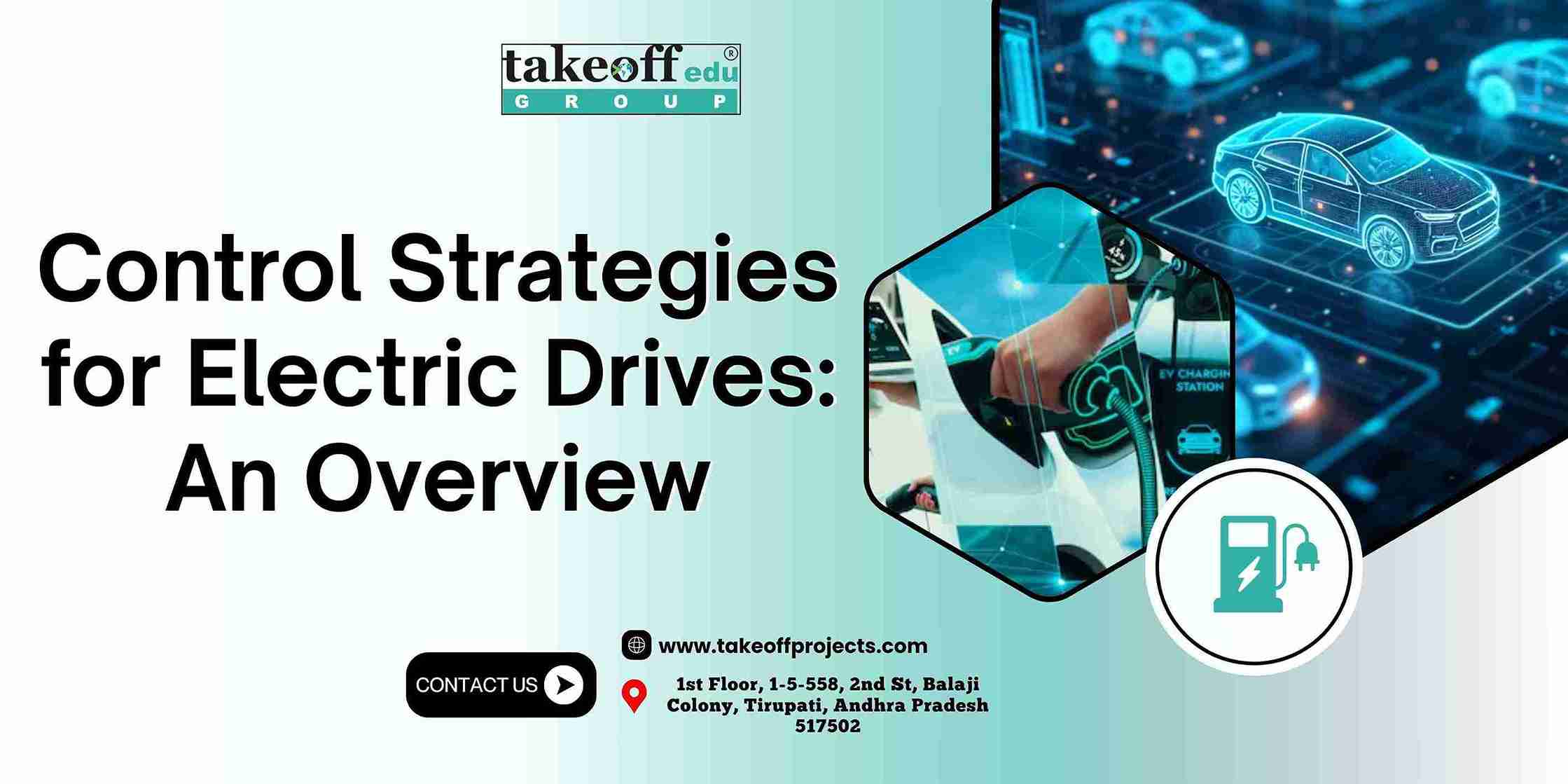 Control Strategies for Electric Drives: An Overview
Control Strategies for Electric Drives: An Overview 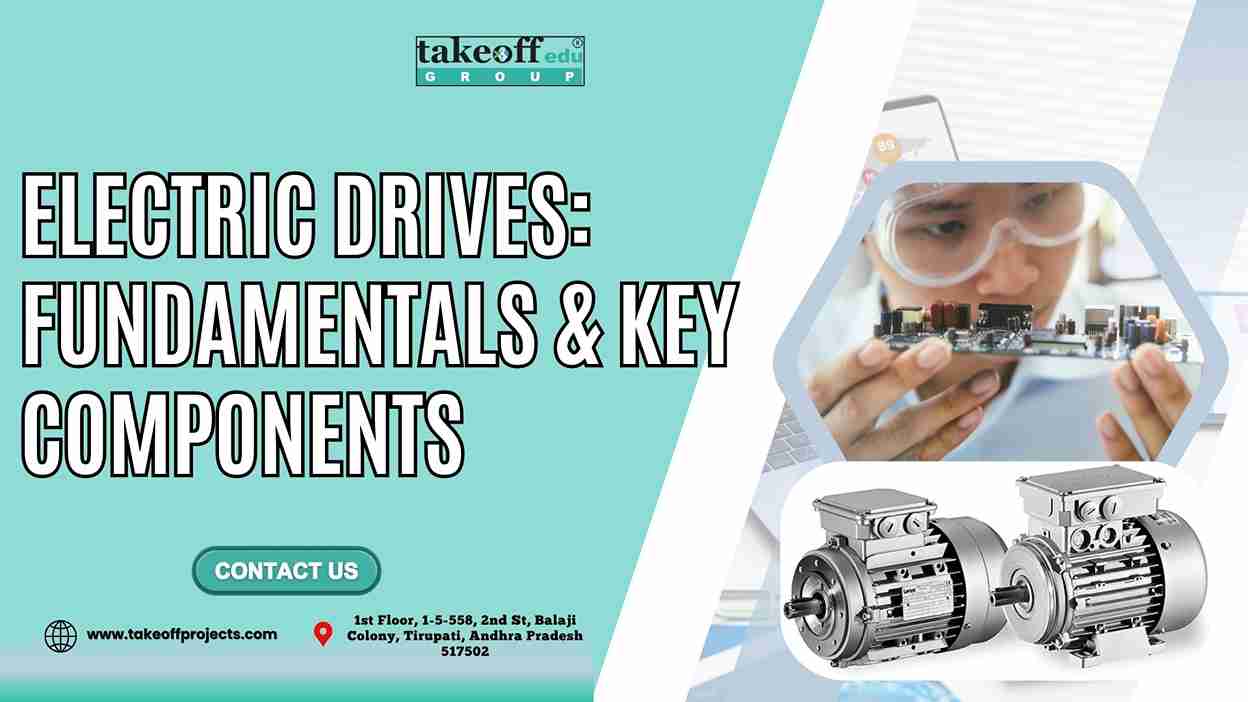 Electric Drives: Fundamentals & Key Components
Electric Drives: Fundamentals & Key Components 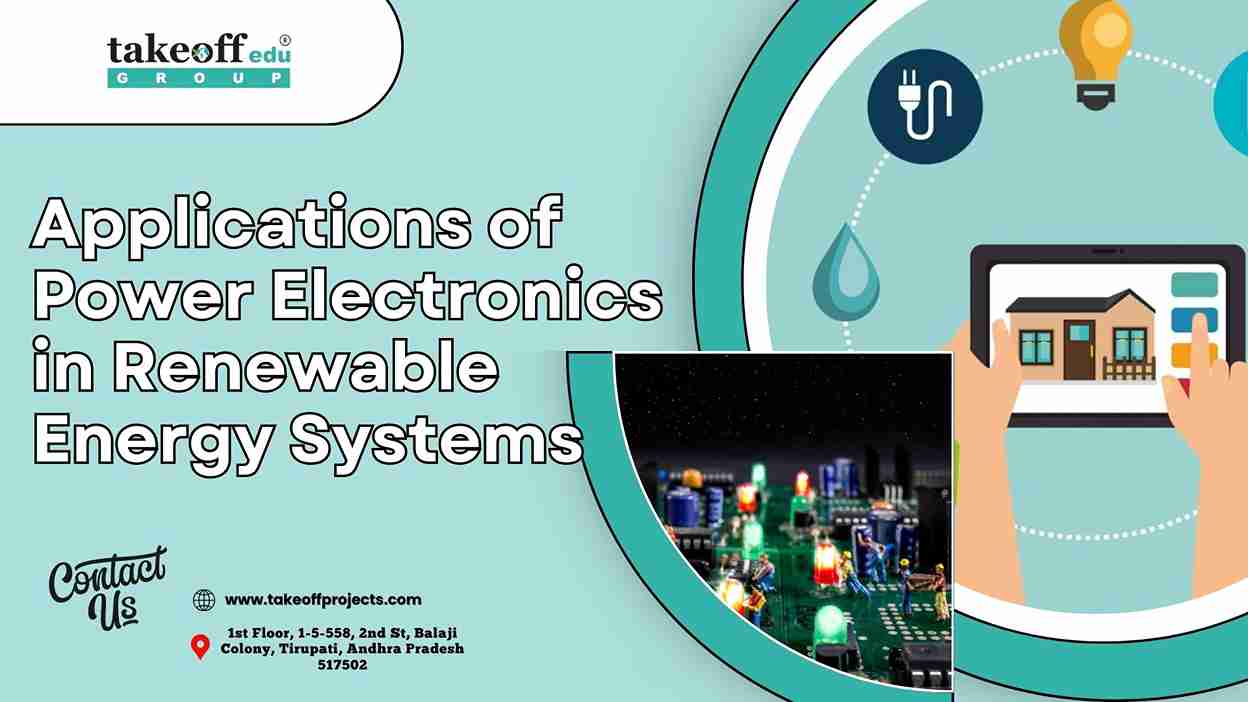 Applications of Power Electronics in Renewable Energy Systems
Applications of Power Electronics in Renewable Energy Systems  Designing Efficient Power Converters: Tips and Techniques
Designing Efficient Power Converters: Tips and Techniques 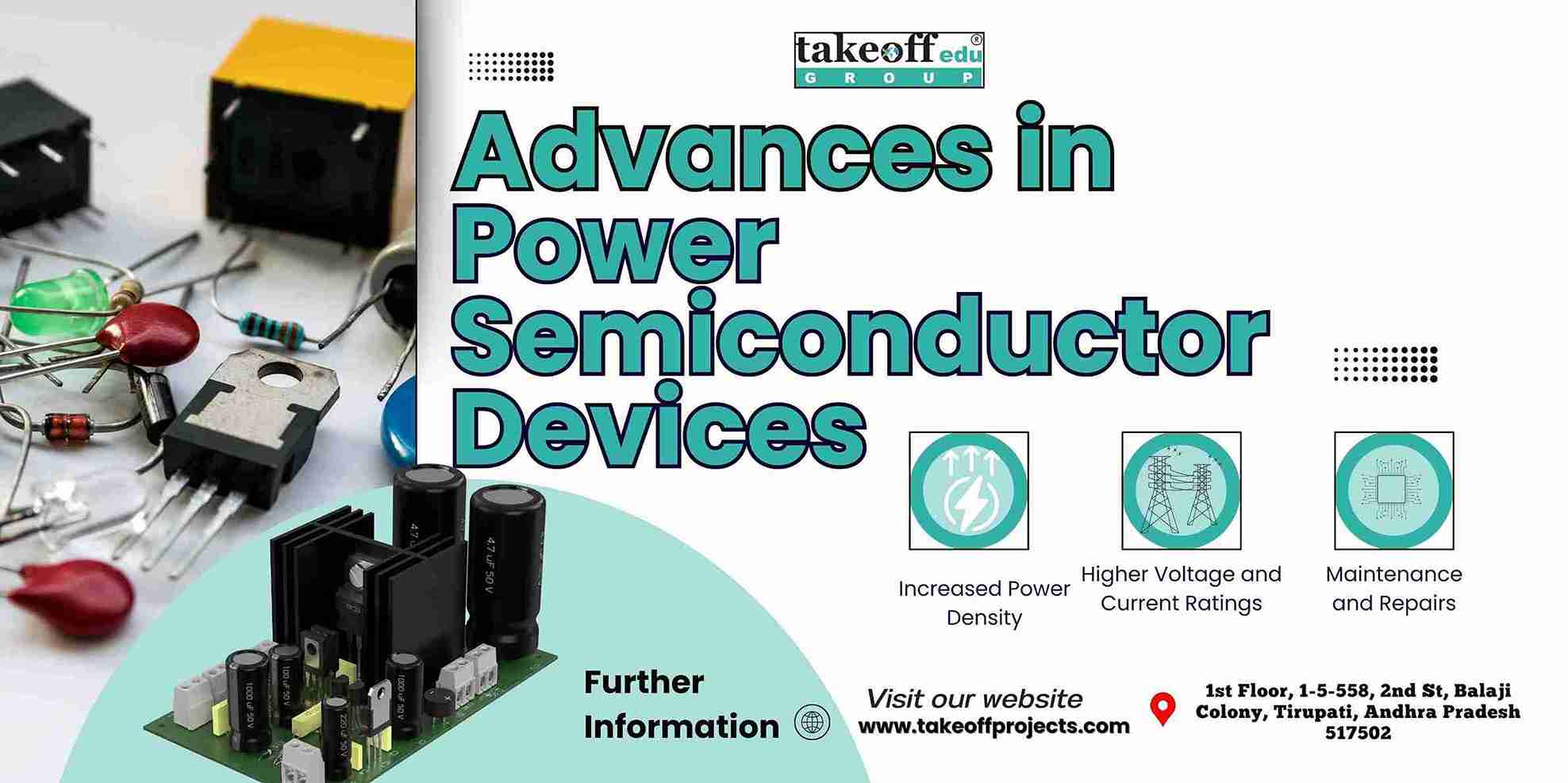 Advances in Power Semiconductor Devices
Advances in Power Semiconductor Devices 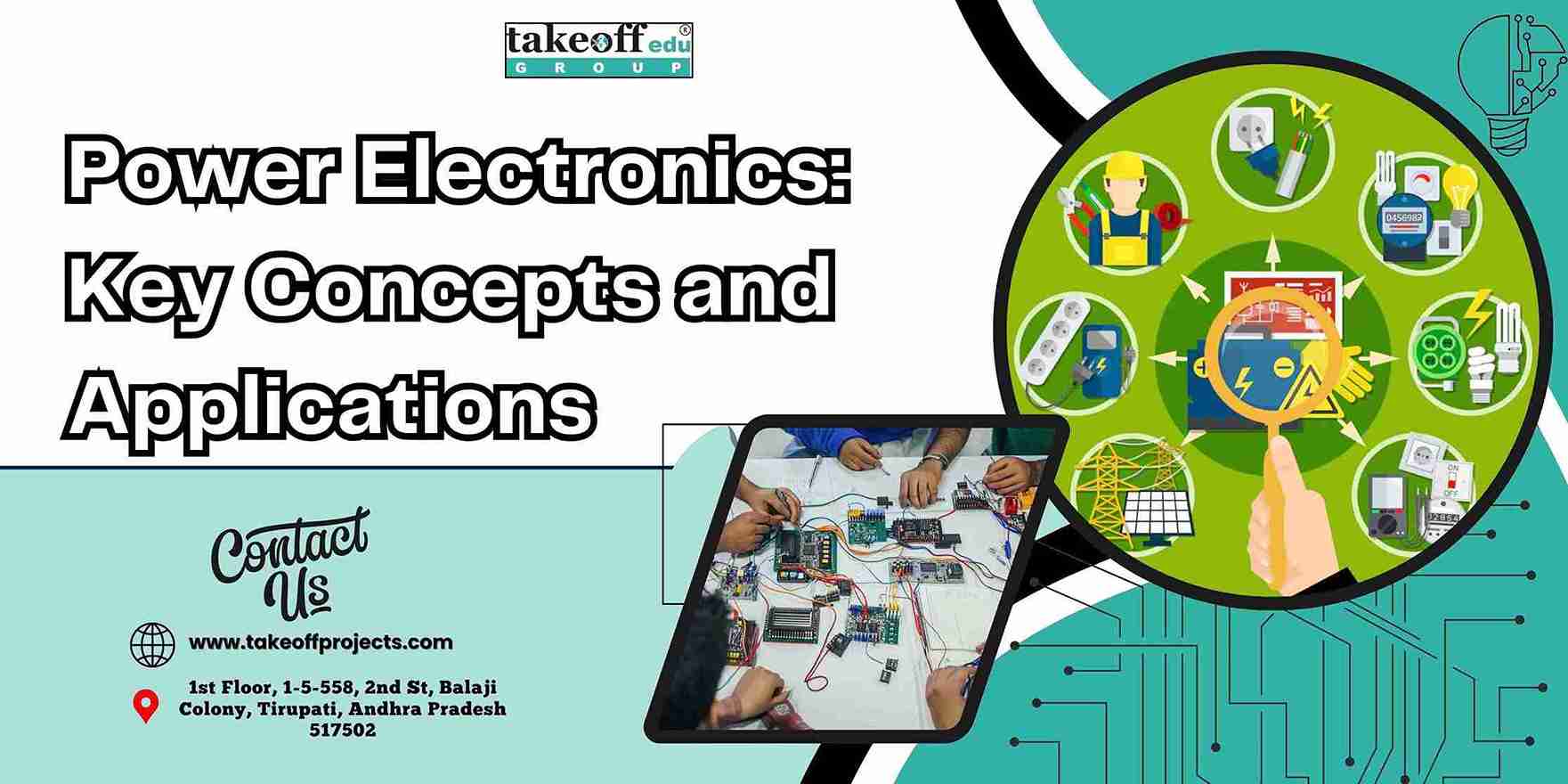 Power Electronics: Key Concepts and Applications
Power Electronics: Key Concepts and Applications  Cybersecurity in Power Systems: Protecting Critical Infrastructure
Cybersecurity in Power Systems: Protecting Critical Infrastructure 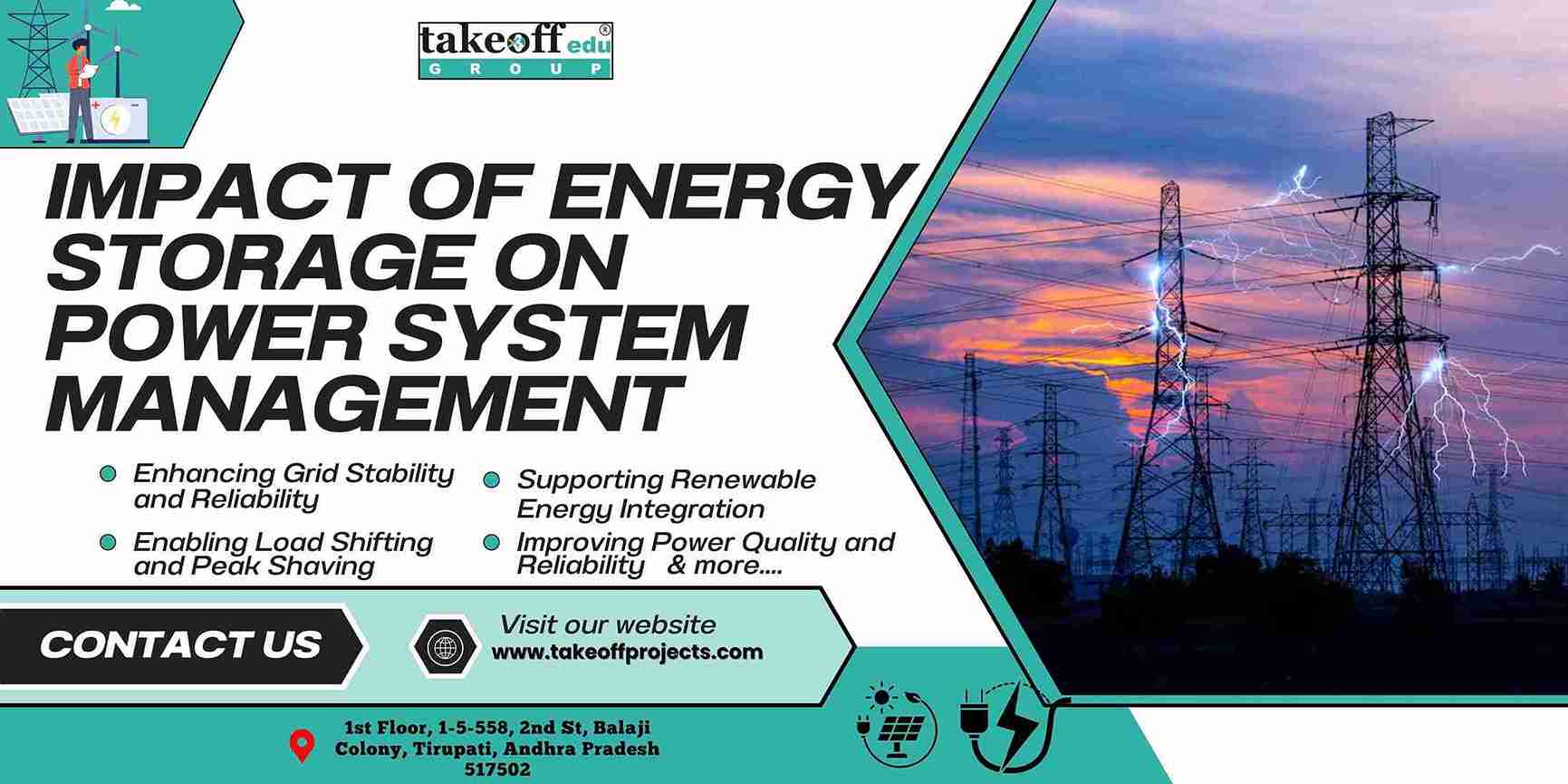 Impact of Energy Storage on Power System Management
Impact of Energy Storage on Power System Management 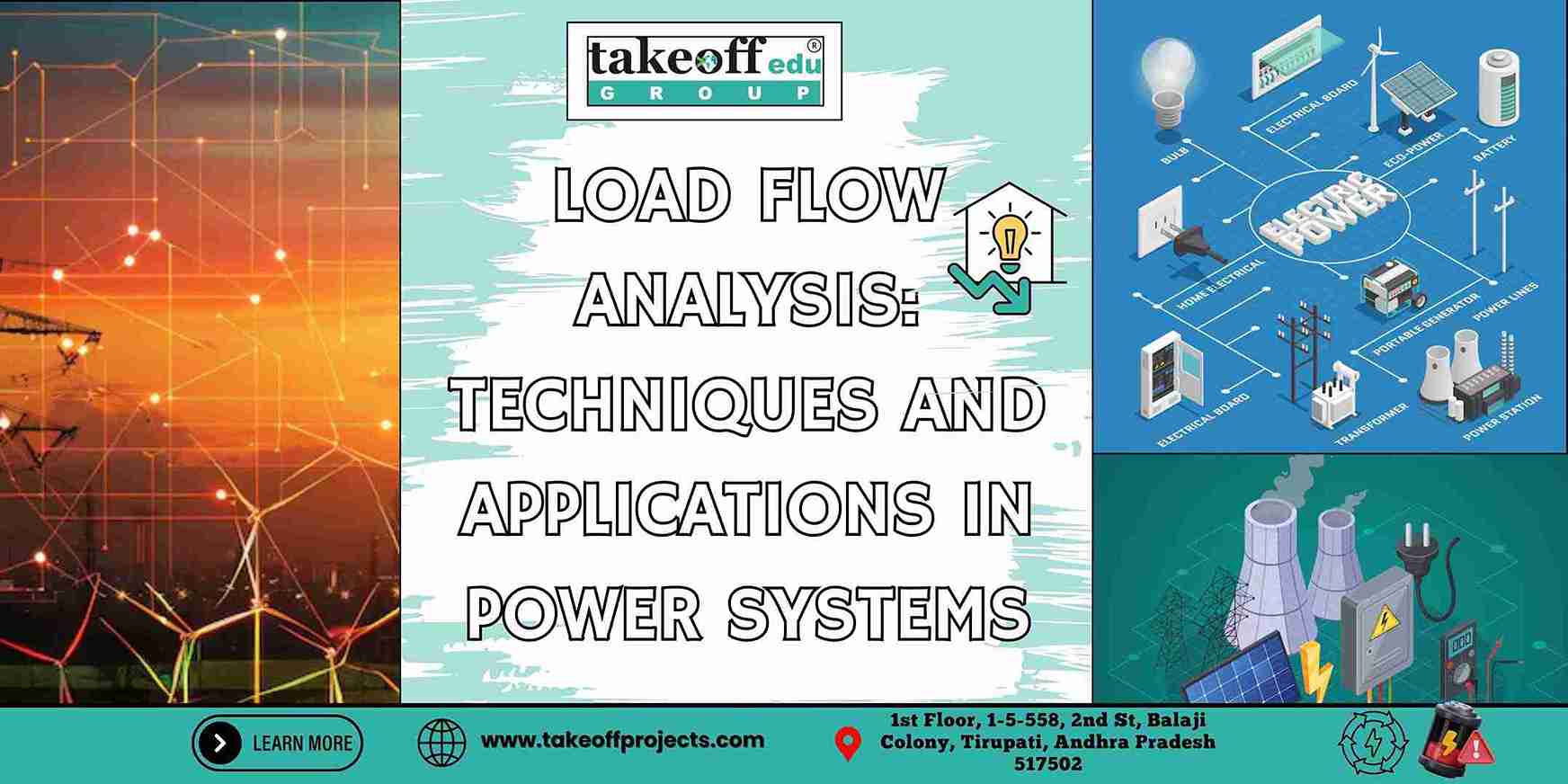 Load Flow Analysis : Techniques and Applications in Power Systems
Load Flow Analysis : Techniques and Applications in Power Systems 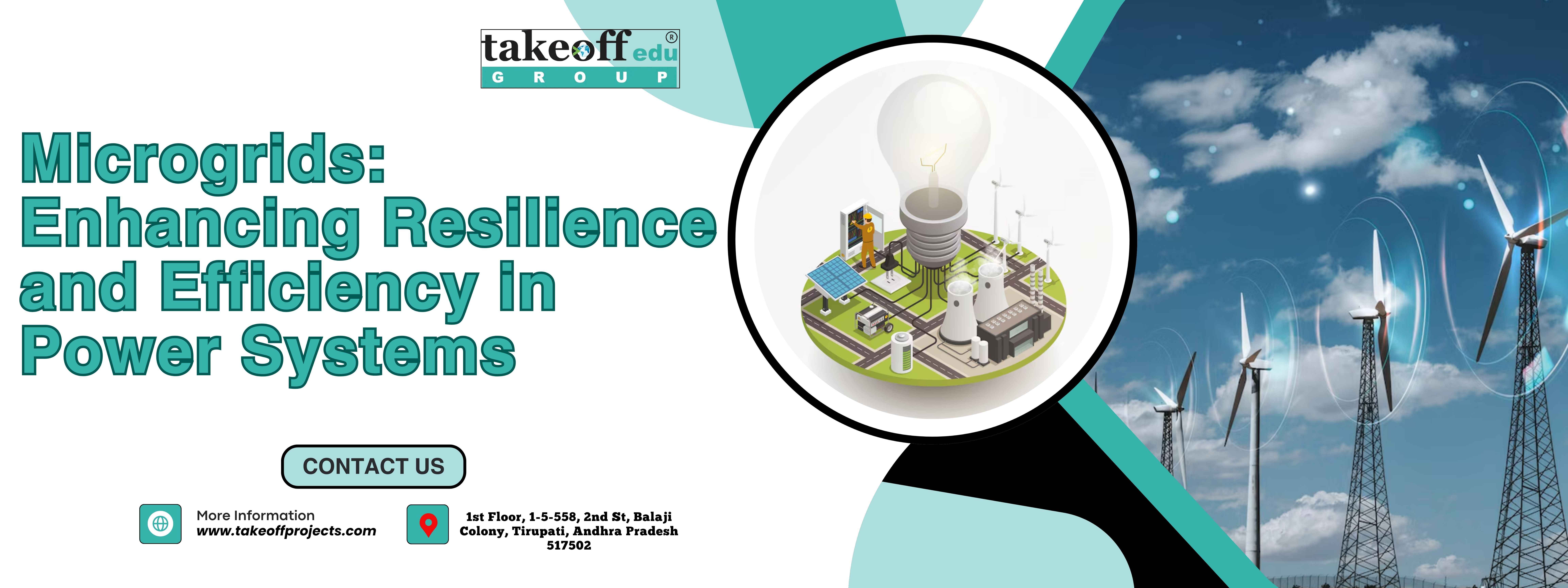 Microgrids: Enhancing Resilience and Efficiency in Power Systems
Microgrids: Enhancing Resilience and Efficiency in Power Systems 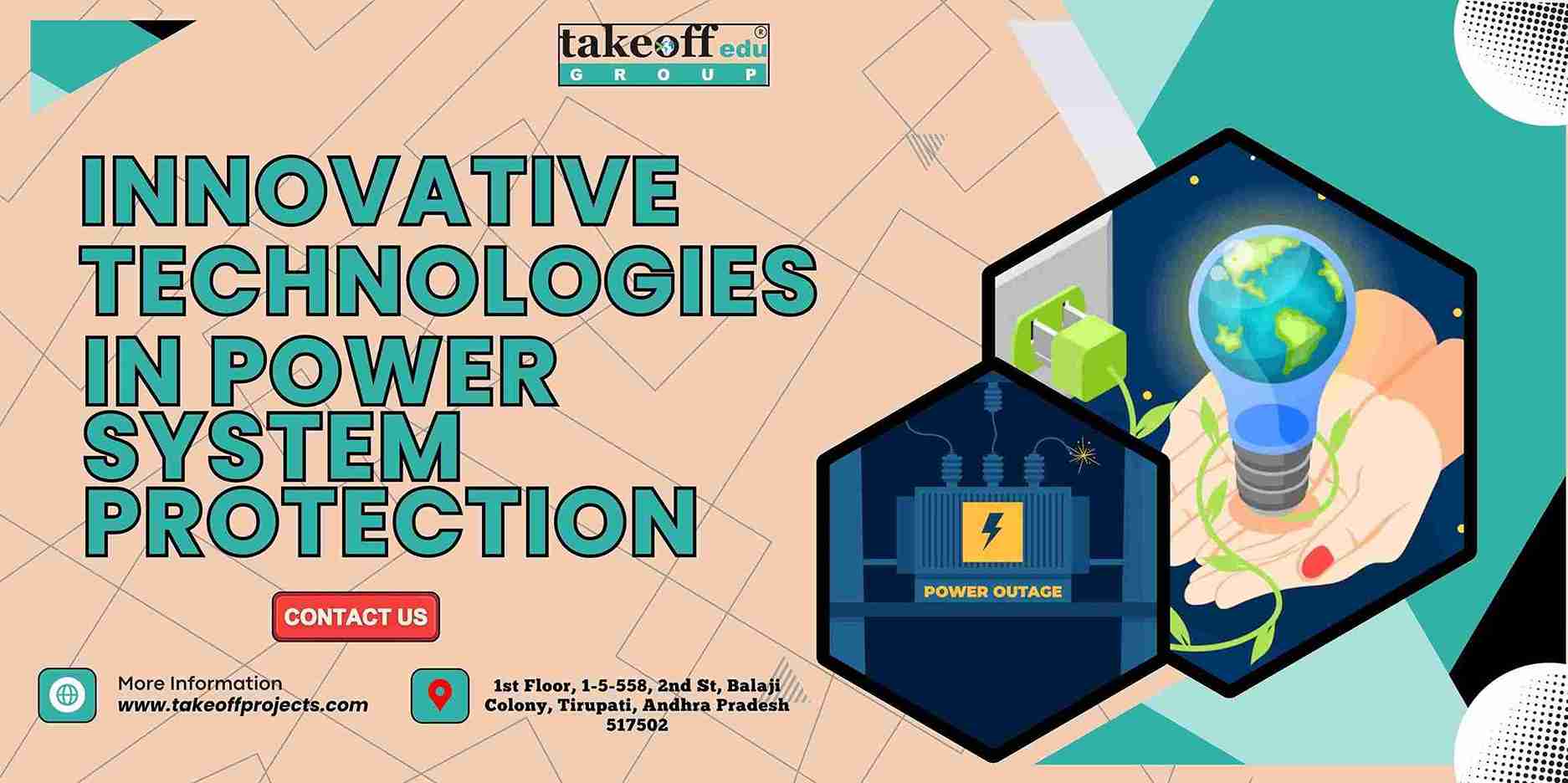 Innovative Technologies in Power System Protection
Innovative Technologies in Power System Protection 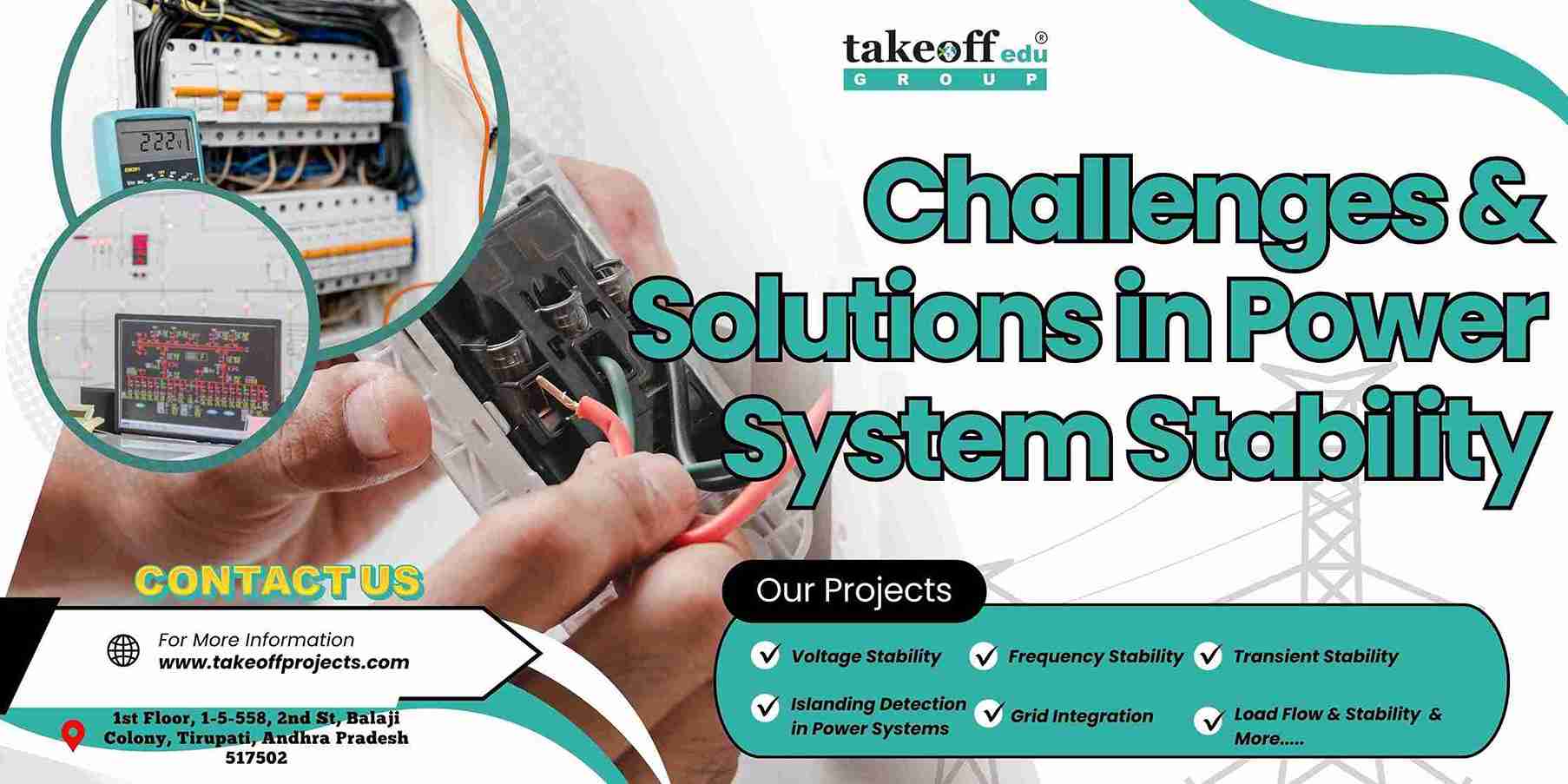 Challenges and Solutions in Power System Stability
Challenges and Solutions in Power System Stability 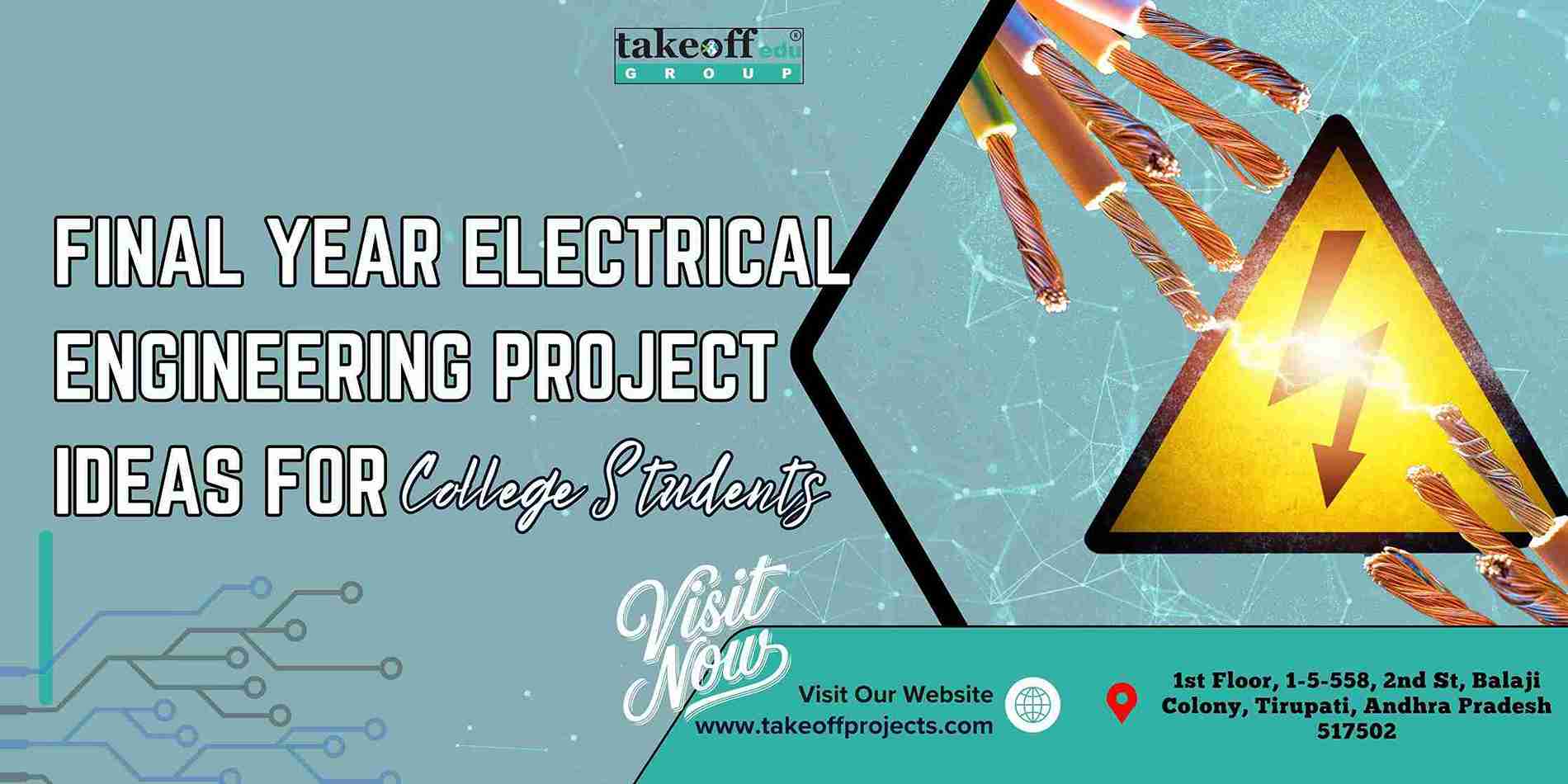 Final Year Electrical Engineering Project Ideas for College Students
Final Year Electrical Engineering Project Ideas for College Students 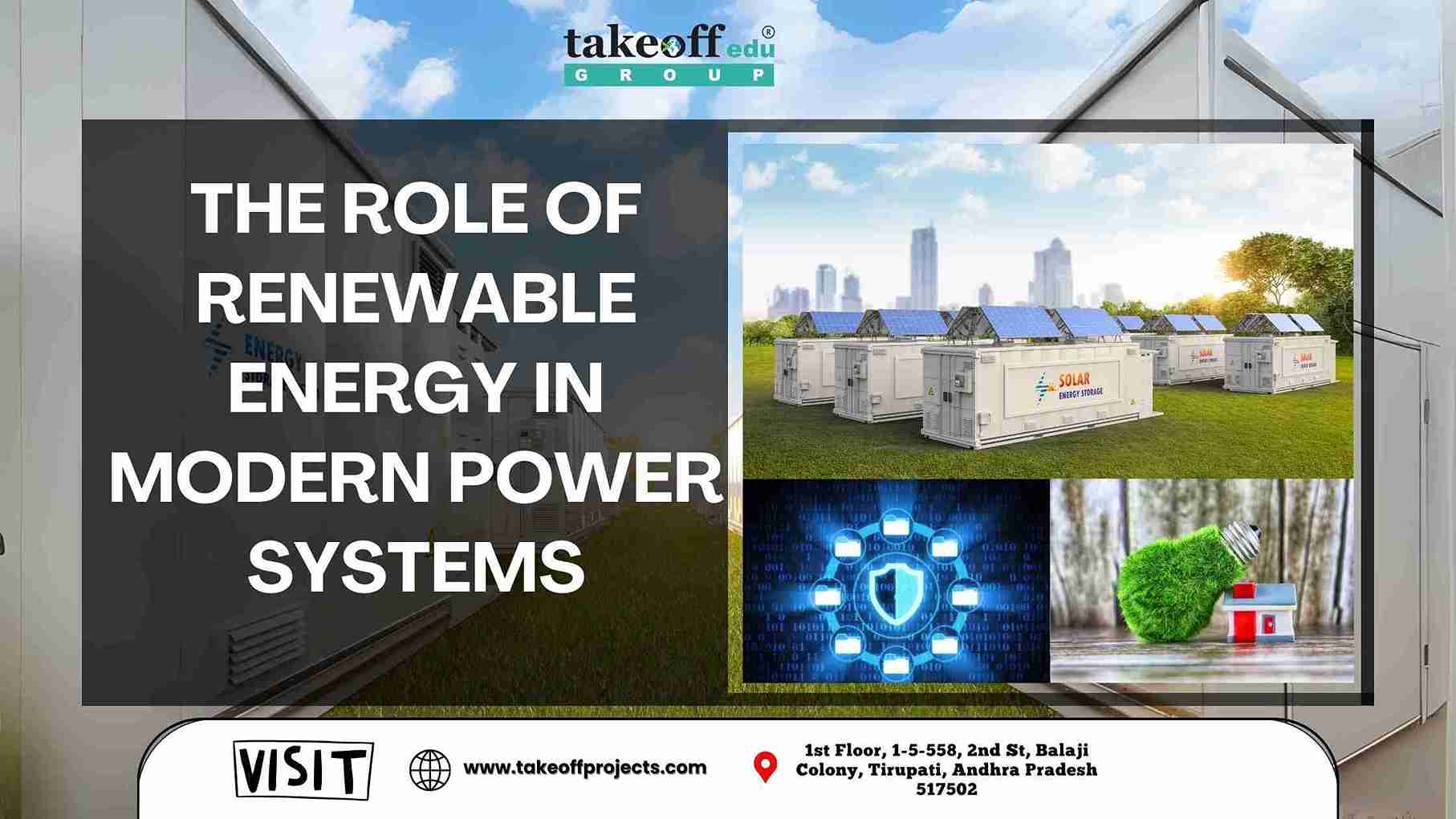 The Role of Renewable Energy in Modern Power Systems
The Role of Renewable Energy in Modern Power Systems  Smart Grids: Revolutionizing the Future of Power Systems
Smart Grids: Revolutionizing the Future of Power Systems 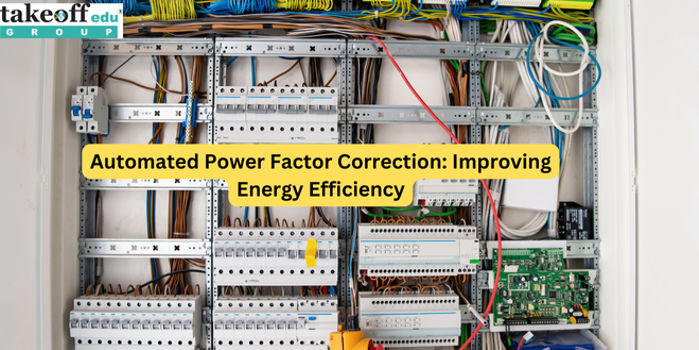 Automated Power Factor Correction: Improving Energy Efficiency
Automated Power Factor Correction: Improving Energy Efficiency 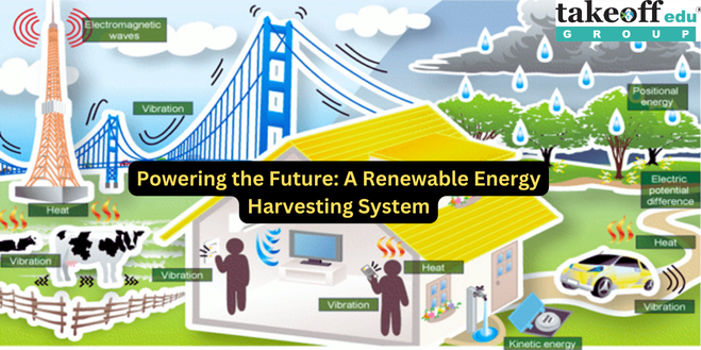 Powering the Future: A Renewable Energy Harvesting System
Powering the Future: A Renewable Energy Harvesting System 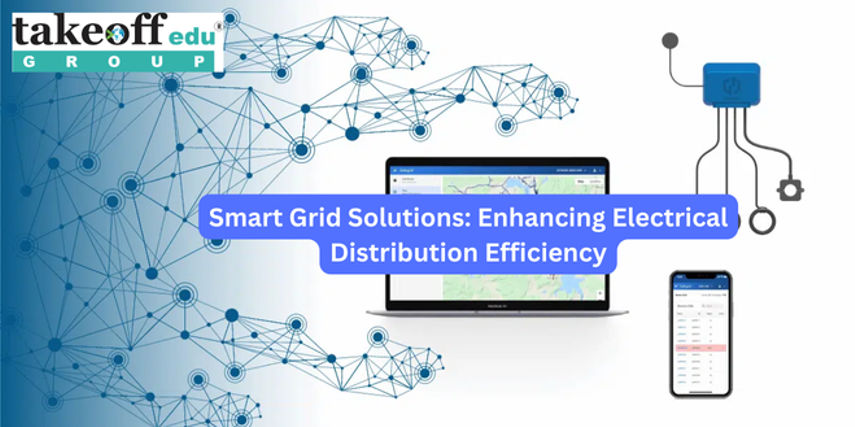 Smart Grid Solutions: Enhancing Electrical Distribution Efficiency
Smart Grid Solutions: Enhancing Electrical Distribution Efficiency 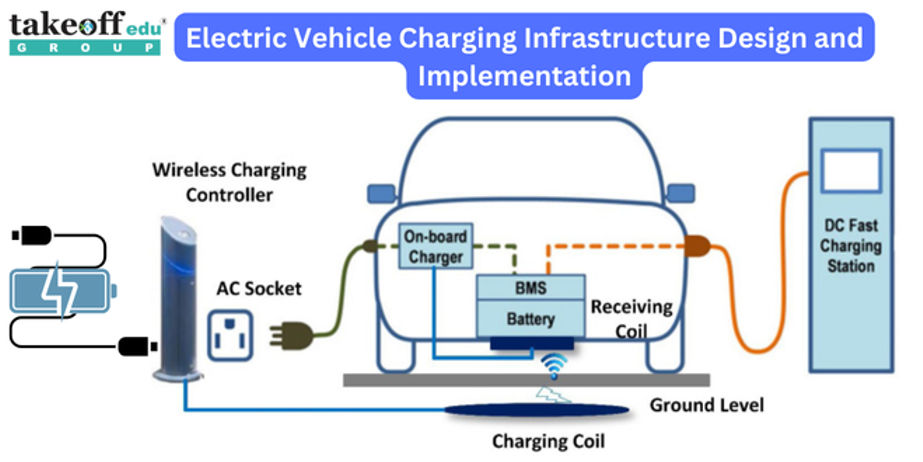 Electric Vehicle Charging Infrastructure Design and Implementation
Electric Vehicle Charging Infrastructure Design and Implementation  Integration of Renewable Energy Sources in Microgrids
Integration of Renewable Energy Sources in Microgrids 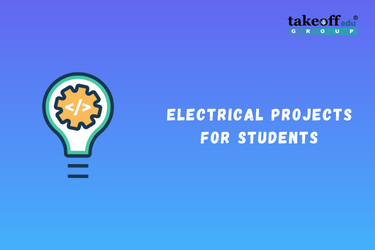 Electrical Projects Engineering Students
Electrical Projects Engineering Students  M.Tech Thermal Engineering Projects
M.Tech Thermal Engineering Projects 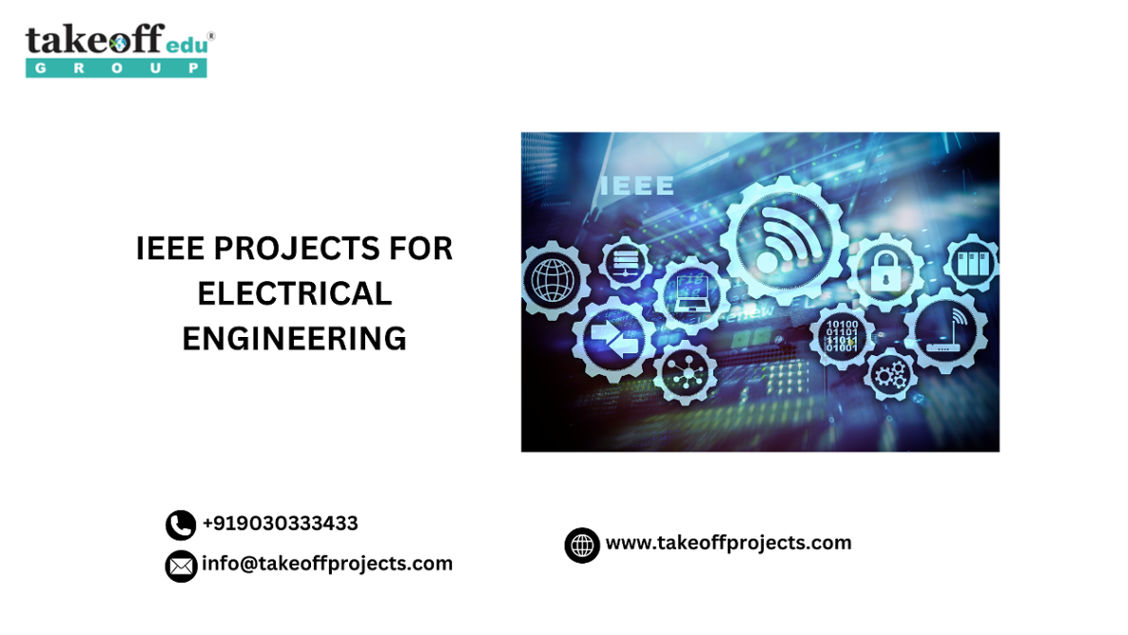 IEEE Projects for Electrical Engineering
IEEE Projects for Electrical Engineering  Mini Projects for EEE
Mini Projects for EEE 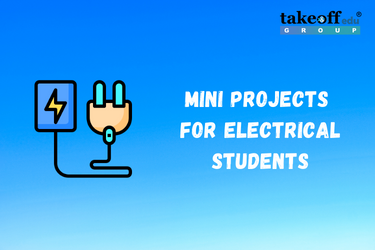 Mini Projects for Electrical Students
Mini Projects for Electrical Students 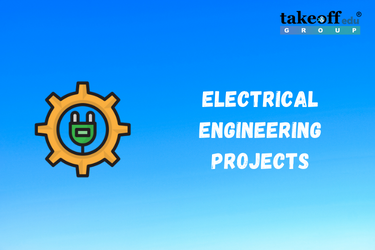 Top Electrical Projects for Final Year Students
Top Electrical Projects for Final Year Students 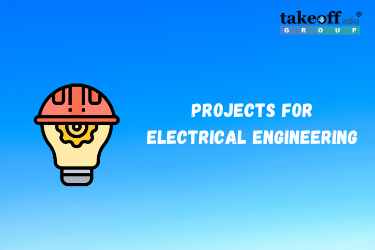 10 Interesting Projects for Electrical Engineering Students 2022
10 Interesting Projects for Electrical Engineering Students 2022 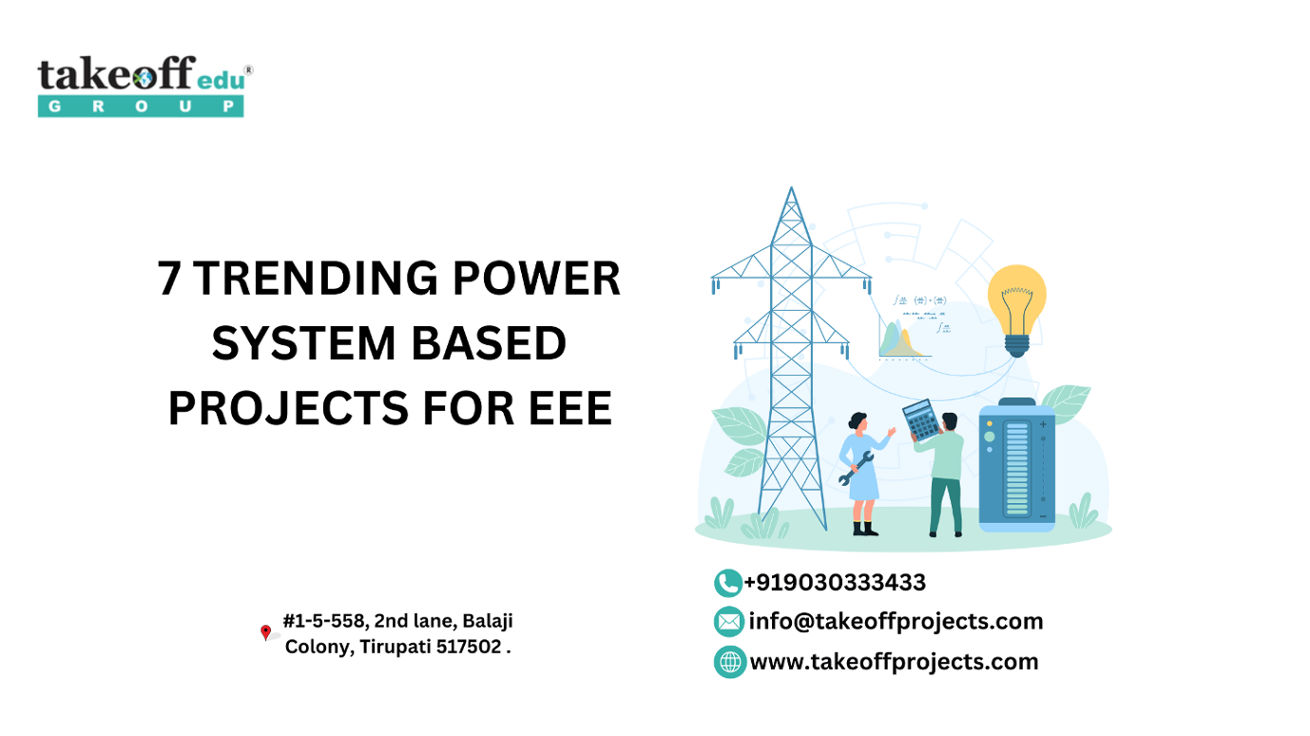 7 Trending Power Systems Based Projects for EEE
7 Trending Power Systems Based Projects for EEE  Top 10 Power Electronics Projects for EEE
Top 10 Power Electronics Projects for EEE 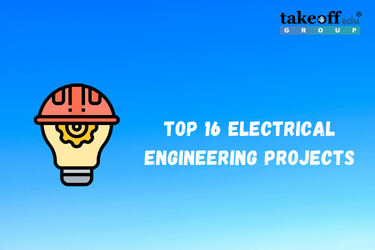 Top 16 Electrical Engineering Projects
Top 16 Electrical Engineering Projects 
 Paper Publishing
Paper Publishing


